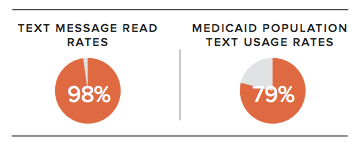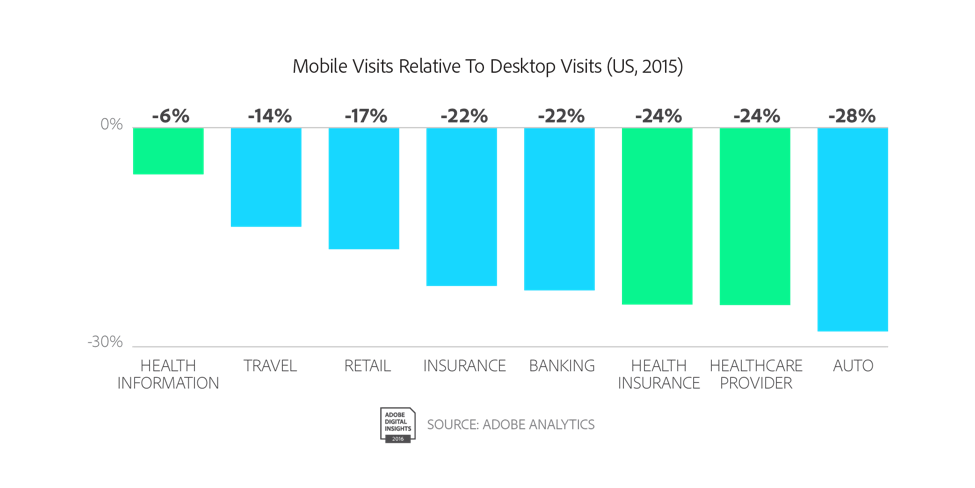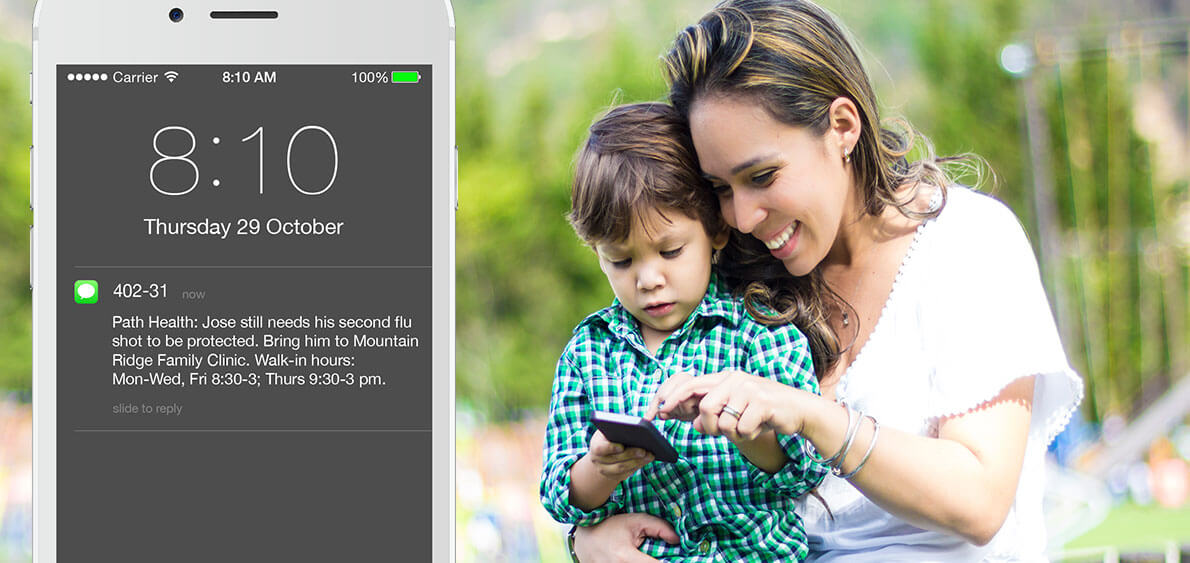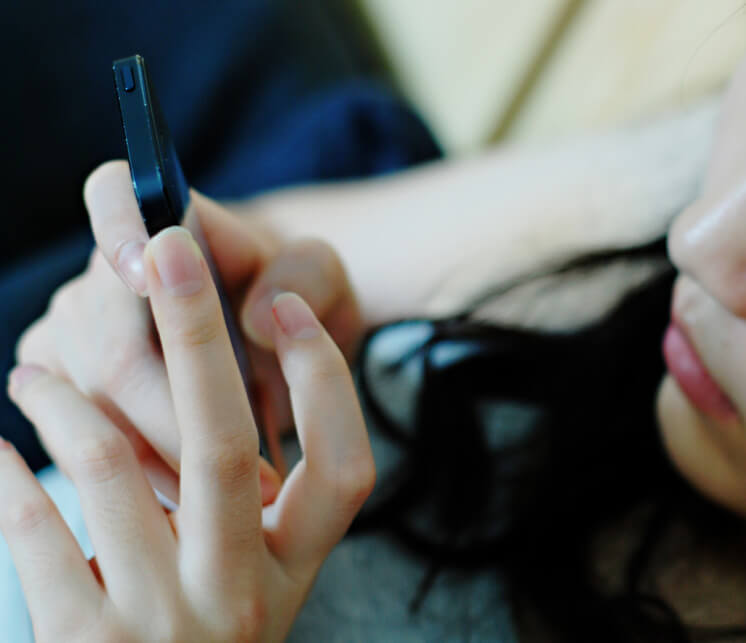The results of a 6-month study released by The Journal of the American Medical Association (JAMA) indicate that patients recovering from a heart attack are less likely to have a repeat heart attack if they receive text messages that engage them about their health routine. This study consisted of sending about 350 patients with coronary heart disease 4 messages per week over the course of 24 weeks while sending no text messages to a similarly sized control group. The semi-personalized messages were delivered at random times on weekdays with no more than 1 message delivered to each user per day. These messages were not interactive.
This graphic from The Wall Street Journal summarizes some key results nicely.
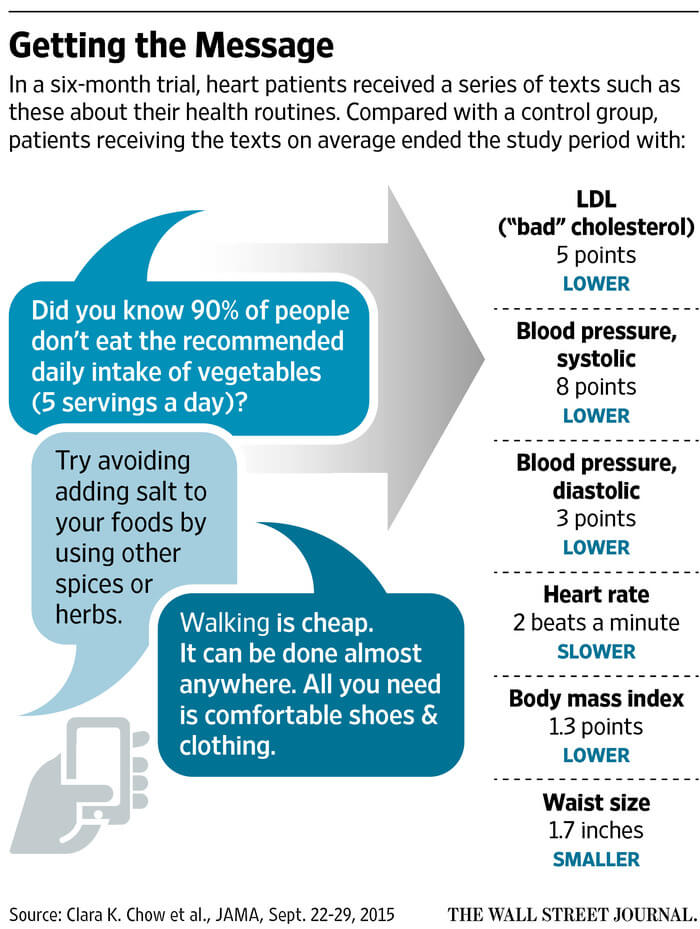
Part of what makes this study so compelling is that the results are objective. Rather than relying on surveys or other forms of self-reporting, this study demonstrates tangible improvement in health categories like LDL, blood pressure, and heart rate.
It is not surprising to see text messages making this kind of impact on patients. Here are three reasons why:
1) Read Rate
98% of text messages are read (compared to 20% of emails, for context). This is one of the biggest strengths in communicating via text message. There are no apps or websites to open, so it takes minimal effort to receive messages. Most newer smart phones show messages on the screen as they arrive. These recipients do not need to even unlock their phone to receive the communication. Text has also become one of the primary forms of modern communication; over 80% of American adults text, making it the most common phone activity.
2) Information in Easy-to-Consume Chunks
Most hospital visits end with a doctor or nurse providing a lot of post-care instructions and valuable health information in one long monologue. It can be pretty difficult for patients and caretakers to grasp and remember everything they are told, especially if they just had a life threatening health issue like a heart attack.
Text messages delivered over a longer period of time allow patients and caregivers to receive this important information in more digestible chunks. Unless the patient deletes the text, they can also refer back to it at any time. This increases the likelihood that patients and caregivers can access the care instructions and information they need when they need it, which in turn makes them more likely to take proper care.
3) Staying Front of Mind
Text messaging workflows like the one in this study take place over a number of weeks or months. This keeps the messaging program front of mind as there is ongoing, frequent interaction between the patient and the content. Even if the patient does not read every message they receive, simply getting in the routine of regularly receiving health-related text messages keeps them focused on their health.
Differences Between the JAMA Study Text Messaging Process and mPulse Mobile’s Interactive Text Messaging Workflows
The JAMA study pulled random text messages from a library of relevant messages, personalized them with basic information like the patient’s name, and sent them at random times. This is a great start, and the results are clear. This process helped people get healthier in the months following their first heart attack. That is no small feat.
mPulse’s technology and techniques remove a lot of the randomness from the JAMA study and allows for two-way communication. We also employ insight-driven workflows to remove the randomness from the day, time, and type of message we send to each person. These insight-driven workflows continue to get smarter the more each person engages with our messaging to tailor both the types of messages they receive and when they receive them. Tailored content and delivery is more engaging than random content and delivery, so patient health outcomes tend to be even more positive.


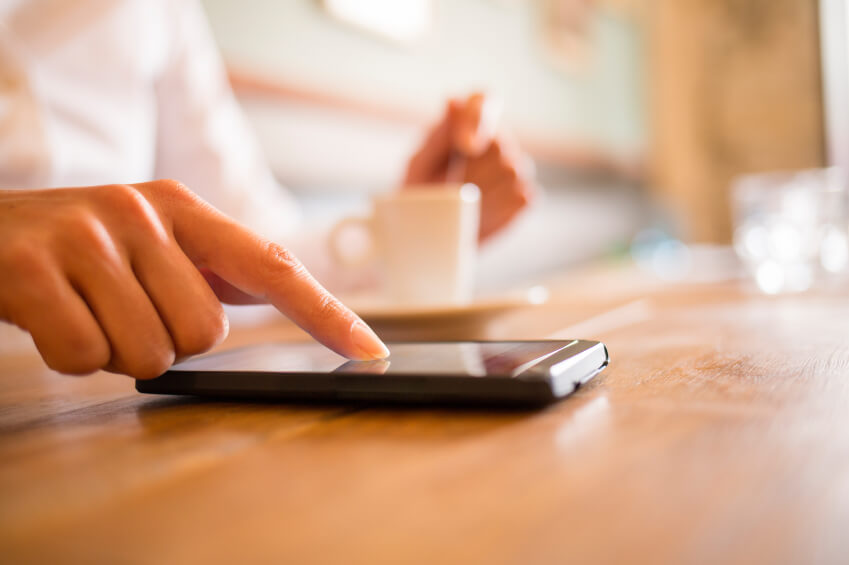
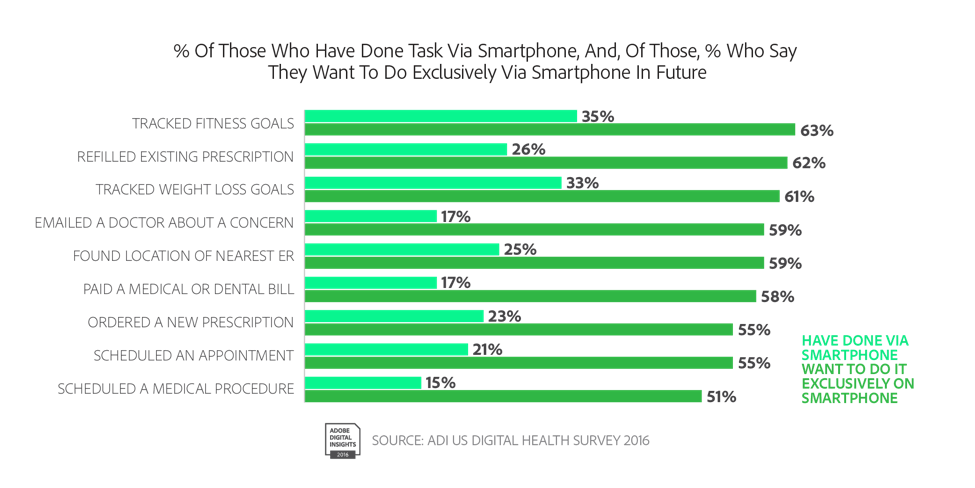 Our study used interactive text messaging over the course of 3 months with 17,000 newly enrolled Medicaid plan members. Of this population, 91% found text messages improved their overall knowledge of the plan’s services. More specifically, we saw a 48%-point improvement in new member knowledge of how to get care with the plan. By delivering a mobile healthcare experience via text message, a way almost everyone understands, people do not need to be digitally savvy to engage. They simply need to understand text messaging.
Our study used interactive text messaging over the course of 3 months with 17,000 newly enrolled Medicaid plan members. Of this population, 91% found text messages improved their overall knowledge of the plan’s services. More specifically, we saw a 48%-point improvement in new member knowledge of how to get care with the plan. By delivering a mobile healthcare experience via text message, a way almost everyone understands, people do not need to be digitally savvy to engage. They simply need to understand text messaging.